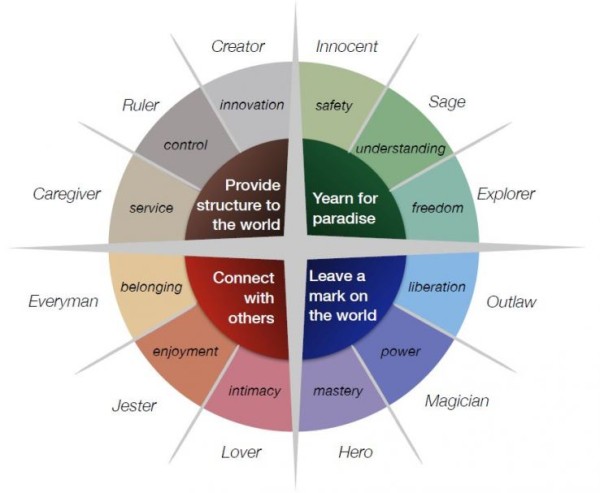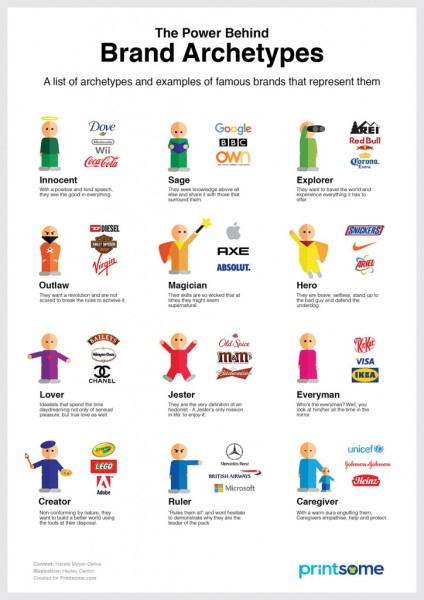Your brand is defined by the experience that customers have when they interact with your company and its products or services. Experience, customers, and products are the three main terms that are associated with the concept of “brand.”
With mobile apps, “branding” usually means a logo and a color scheme. But logos and colors are only a small part of any brand, including a mobile app brand.
It’s also important to keep in mind that a brand cannot be defined from the top down by mobile app developers. You might have the perfect pitch, but your own feeling for your mobile brand doesn’t necessarily coincide with how people actually feel when they interact with your company and its products. Brand is about how your company is seen and understood by the public — not how you want to be seen.
Your mobile brand resides in the minds of your users, employees, community and shareholders. Brand is about personality, visual identity, and relationships.
Your brand’s personality
The easiest way to define a brand’s personality is to think about that brand as a person. Every person thinks, feels, and behaves in a unique way. Every person has a unique story.
If you look at people around you and try to describe them in one sentence, you might say something like: “a guy who knows what he does,” or “he is an inspirational leader,” or “that gossip girl.” All of these definitions are the result of your interactions with those people.
The most successful brands have people-like personalities. Apple is rebellious and innovative, Nike is a passionate athlete, and Bentley is luxurious and exclusive. A brand’s personality is what its customers think and how they feel about the brand.
Here’s how AdCracker defines ‘brand’:
“A brand is the sum of all feelings, thoughts and visual memories – positive and negative – that people in the target audience have about a company, a product or service.”
Your mobile product is not a brand. Product influences what people think about the brand, but there is a bigger story behind each product.
A brand’s personality is a combination of brand identity, brand story, brand look, brand values, brand mission, brand voice and brand messaging, and the brand’s relationships with its customers.
The best way to understand your brand is to start by defining your brand’s social archetype.
Carl Jung understood archetypes as universal, archaic patterns and images already embedded within the conscience and subconscious of our minds. In marketing, a brand archetype is a symbol that makes the brand easier to identify. There are 12 archetypes used within branding: Sage, Innocent, Explorer, Ruler, Creator, Caregiver, Magician, Hero, Outlaw, Lover, Jester, and Everyman.
[Image credit: https://moz.com/blog/the-power-of-archetypes-in-marketing]
If it’s hard for you to define your brand archetype, look at some examples of the most popular brands:
[Image credit: https://www.printsome.com/blog/2015/the-power-behind-brand-archetypes-infographic/ ]
Designing your brand’s visual representation and marketing strategy around an archetype will help you a lot in your communications with your target audience.
Your brand’s visual identity
As we’ve just mentioned, brand doesn’t reside in the minds of the audience in a form of a logo. But a brand’s visual representation is a reflection of its personality. Brand’s personality is an emotional, human connection to the brand’s target audience. It is the image created by a company to relate to consumers.
Visual identity includes logos, color schemes, typography, the layout and look of a website, mobile, print, and other media, icons, photographic styles, interior office design, and more.
Visual identity influences your audience’s perception of your brand. For example, if you’re building a to-do list app that motivates people to achieve more, you can use motivational quotes and inspiring imagery to show that you are motivating and encouraging.
If your visual identity doesn’t match your values, then you’ll disappoint, confuse, and alienate your audience. For example, if you are developing a mobile banking app, then using Open Sans font and colorful illustrations might make your brand feel like a joke.
When people visit your app, your color choices, the size and font of your text, and the mood that your design creates tells them exactly how to feel about your brand.
Your brand’s relationships
You’ve probably heard the expression “relationships are built on trust.” And trust is about promises and the fulfillment of those promises.
Your brand’s promise lets you connect emotionally with your customers and differentiates your brand. A promise is the value that your brand will deliver to its customers after they sign up.
When we talk about value, we usually mean benefits that a product offers to its customers. But what exactly are “benefits”? Benefits are something that captures the attention of your target audience. You can only capture people’s attention if you appeal to their goals.
Phil Barden, in his book “Decoded: the Science Behind Why We Buy,” brilliantly describes the goal-focused nature of customers. According to the core psychological insights explored in Barden’s book, goals guide customers towards making purchases.
Goals or motivation can be both explicit (or conscious) and implicit (or unconscious).
For example, if we want to order pizza delivery, we might download a pizza delivery app. In this case our motivation is explicit — we achieve our clearly defined goal of getting something to eat as soon as possible.
But people’s behavior is often the result of implicit goals — goals that we aren’t aware of. Basic implicit goals include security, autonomy, and excitement. Implicit goals bring us closer to brand values and brand personality.
Why would a hungry person download our pizza delivery app and not any other app that helps people order pizza? It might be because our pizza delivery app also lets people customize their pizza and stuff it with as many toppings as they like, thus satisfying people’s psychological goal of autonomy.
The value that a mobile brand offers is only relevant if it aligns with customer’s goals. Stimulating customer behavior by meeting both explicit and implicit goals is a smart way to market your brand.
This post was originally published here.

